By Defence Journalist Sahil
In a significant development with far-reaching implications for India’s future air dominance capabilities, the much-awaited formation of a joint venture (JV) for the production of the indigenous fifth-generation fighter jet, the Advanced Medium Combat Aircraft (AMCA), has been delayed once again. Despite being a strategically critical project under the Ministry of Defence (MoD), the AMCA program’s industrial framework is still pending finalisation.
The Stakes: 5th Generation Stealth Fighter for Future Wars
India’s AMCA project, being led by the Aeronautical Development Agency (ADA) under DRDO, is designed to provide the Indian Air Force with a next-generation, stealth-capable multirole fighter with supercruise capability, sensor fusion, advanced avionics, and electronic warfare systems. As a 5th generation aircraft, it is envisioned to operate in highly contested environments, penetrating enemy air defences and neutralising targets without being detected.
In a future marked by networked warfare and integrated air defences, platforms like the AMCA will become indispensable for maintaining air superiority. With China’s J-20 already in serial production and Pakistan eyeing China’s FC-31, India’s timeline for fielding a 5th generation fighter becomes even more critical.
The JV Delay: Hurdles in Private Partner Selection
The AMCA’s production will be undertaken through a special purpose vehicle (SPV) model—a public-private joint venture between Hindustan Aeronautics Limited (HAL) and four private Indian defence companies. However, the finalisation of this private consortium has been delayed repeatedly, primarily due to:
- Procedural complexities in evaluating capabilities of private players
- Concerns over technology control, investment ratios, and IP rights
- Negotiations over who will hold majority control—HAL or the private firms
- Need for strategic clarity and direction from the Ministry of Defence
The plan, originally proposed in 2023, was expected to reach JV formation stage by early 2025, but now looks pushed further into the year.
HAL’s Shortlist: 4 Leading Private Defence Firms in Contention
In a key step forward, HAL has now formally invited four private Indian defence firms for the JV talks:
- Tata Advanced Systems Ltd (TASL) – Known for its partnerships with Lockheed Martin and Boeing on aircraft fuselage, empennage, and wings.
- Bharat Forge Ltd (BFL) – A Kalyani Group company with deep metallurgical and aerospace component capabilities, also engaged in artillery and UAV development.
- Larsen & Toubro (L&T Defence) – A seasoned player in missile canisters, defence electronics, and composite fabrication.
- VEM Technologies – A key player in missiles, avionics, and subsystems with growing aerospace ambitions.
All four companies have previously partnered with HAL and DRDO on platforms like LCA Tejas, LUH, ALH Dhruv, and missile programs.
These firms are considered viable candidates to bring in critical domain expertise, investment, advanced manufacturing, and agile program management required for AMCA’s success.
Why Fast-Tracking AMCA Is Crucial
India is at a critical juncture in its defence preparedness. With growing Chinese military posturing along the LAC, a two-front war scenario increasingly becoming a strategic reality, and rapid advancements in enemy EW and stealth capabilities, fielding AMCA by the early 2030s is non-negotiable.
Further delay in finalising the production JV will push back timelines for prototype rollout, pre-series production, and eventually squadron induction.
Moreover, global trends show rapid militarisation and acceleration of 5th and even 6th generation fighter programs. AMCA is not just about capability—it is about sovereignty, aerospace independence, and future air deterrence.
What Lies Ahead
According to senior sources, the Defence Ministry is expected to step in to resolve strategic hurdles and finalise the JV model. The Cabinet Committee on Security (CCS) had already cleared the Rs 15,000 crore prototype development budget for AMCA Phase 1, and the aircraft’s design is nearing freeze.
It is now time to bring the industrial engine into motion.
India cannot afford another delay. The AMCA is not just a fighter jet—it’s a symbol of India’s leap into future warfare, powered by indigenous technology and strategic autonomy.
फिर टली भारत की फिफ्थ जेनरेशन लड़ाकू विमान परियोजना, AMCA प्रोडक्शन JV के लिए HAL ने चार निजी कंपनियों को किया शॉर्टलिस्ट
By Defence Journalist Sahil
भारत के भविष्य के हवाई युद्ध कौशल को नई ऊँचाइयों तक पहुँचाने वाली परियोजना एडवांस्ड मीडियम कॉम्बैट एयरक्राफ्ट (AMCA) को लेकर एक और देरी की खबर आई है। HAL और चार प्रमुख निजी रक्षा कंपनियों के साथ बनाए जाने वाले संयुक्त उपक्रम (JV) के गठन में फिर से रुकावट आई है।
यह विकास ऐसे समय में हो रहा है जब भारत को फिफ्थ जेनरेशन स्टेल्थ फाइटर की सख्त जरूरत है, ताकि वह चीन और पाकिस्तान जैसे विरोधियों के उन्नत हवाई प्लेटफॉर्म्स से मुकाबला कर सके।
AMCA: भविष्य की युद्ध क्षमता
DRDO की एयरोनॉटिकल डेवलपमेंट एजेंसी (ADA) द्वारा डिजाइन किया गया AMCA भारत का पहला फिफ्थ जेनरेशन स्टेल्थ मल्टीरोल फाइटर होगा, जिसमें सुपरक्रूज़, सेंसर फ्यूज़न, स्टेल्थ डिज़ाइन, और एडवांस्ड इलेक्ट्रॉनिक वॉरफेयर सिस्टम जैसी विशेषताएं होंगी।
यह विमान दुश्मन के गहराई से संरक्षित इलाकों में बिना पता चले प्रवेश करने की क्षमता रखेगा, जिससे भारत को नेटवर्क-सेंट्रिक वॉरफेयर के युग में रणनीतिक बढ़त मिलेगी।
JV में देरी: निजी कंपनियों के चयन पर असमंजस
AMCA का उत्पादन स्पेशल परपज व्हीकल (SPV) मॉडल के तहत किया जाएगा जिसमें HAL और चार निजी भारतीय कंपनियां भाग लेंगी। लेकिन यह प्रक्रिया लगातार टलती जा रही है, जिसके मुख्य कारण हैं:
- कंपनियों की क्षमता के मूल्यांकन में देरी
- IP राइट्स और निवेश हिस्सेदारी को लेकर असहमति
- HAL और प्राइवेट कंपनियों में नेतृत्व को लेकर मतभेद
- रक्षा मंत्रालय की रणनीतिक स्पष्टता का अभाव
पहले JV गठन की उम्मीद 2025 की शुरुआत में थी, लेकिन अब यह वर्ष के अंत तक टलती दिख रही है।
HAL की सूची में ये चार निजी खिलाड़ी शामिल
HAL ने हाल ही में जिन चार कंपनियों को AMCA JV के लिए आमंत्रित किया है, वे हैं:
- टाटा एडवांस्ड सिस्टम्स लिमिटेड (TASL) – लॉकहीड मार्टिन और बोइंग जैसी कंपनियों के साथ संरचना निर्माण में अनुभव।
- भारत फोर्ज लिमिटेड (BFL) – कैलीानी ग्रुप की कंपनी, एयरोस्पेस और आर्टिलरी के क्षेत्र में मजबूत पकड़।
- लार्सन एंड टुब्रो (L&T Defence) – मिसाइल, डिफेंस इलेक्ट्रॉनिक्स और कम्पोजिट निर्माण में अनुभवी।
- VEM टेक्नोलॉजीज – मिसाइल्स और एवियोनिक्स क्षेत्र में उभरता हुआ नाम।
ये सभी कंपनियां LCA तेजस, ध्रुव हेलिकॉप्टर, और अन्य DRDO परियोजनाओं में पहले से सक्रिय भूमिका निभा चुकी हैं।
AMCA को फास्ट ट्रैक करना क्यों जरूरी है
आज भारत की सुरक्षा नीति एक अहम मोड़ पर है। LAC पर चीन की बढ़ती गतिविधियाँ, दो मोर्चों पर युद्ध की संभावनाएं, और दुश्मनों की इलेक्ट्रॉनिक वॉरफेयर क्षमताओं को देखते हुए AMCA का समय पर निर्माण और तैनाती अनिवार्य हो चुका है।
इस JV में और देरी से ना केवल निर्माण कार्यक्रम बल्कि स्क्वाड्रन इंडक्शन की टाइमलाइन भी प्रभावित होगी। भारत यदि 2032 तक AMCA को स्क्वाड्रनों में शामिल करना चाहता है, तो अब बिना समय गंवाए उद्योगिक साझेदारी को मूर्त रूप देना होगा।
आगे की दिशा
सूत्रों के अनुसार, रक्षा मंत्रालय अब हस्तक्षेप कर इस देरी को समाप्त करने और JV को अंतिम रूप देने की दिशा में काम कर रहा है। सरकार द्वारा AMCA के लिए 15,000 करोड़ रुपये की मंजूरी पहले ही CCS के स्तर पर दी जा चुकी है और डिजाइन भी अंतिम चरण में है।
अब जरूरत है कि औद्योगिक उत्पादन इंजन चालू किया जाए।
AMCA केवल एक लड़ाकू विमान नहीं है, यह भारत की भविष्य की सुरक्षा, तकनीकी आत्मनिर्भरता और वैश्विक रक्षा शक्ति बनने की दिशा में एक प्रतीकात्मक छलांग है।




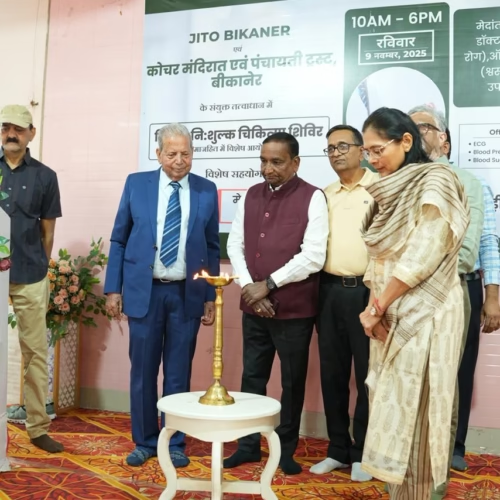

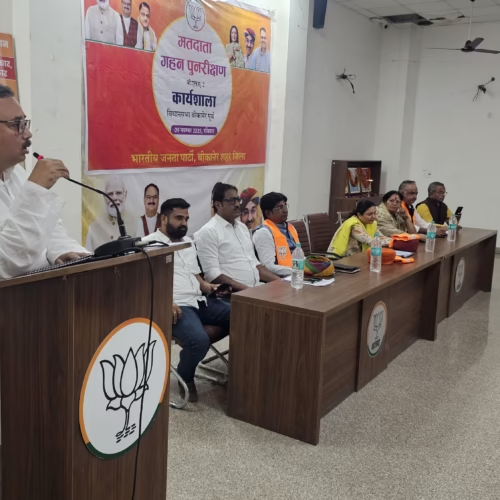

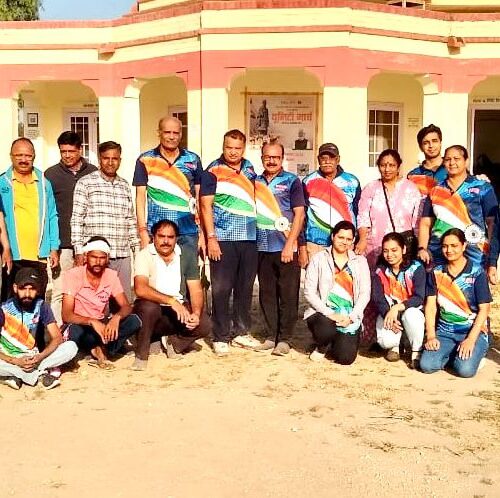

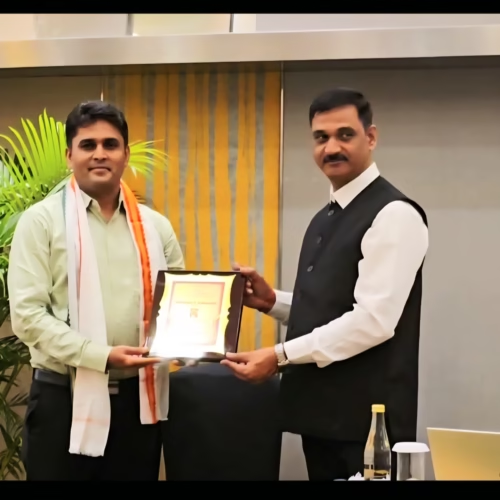
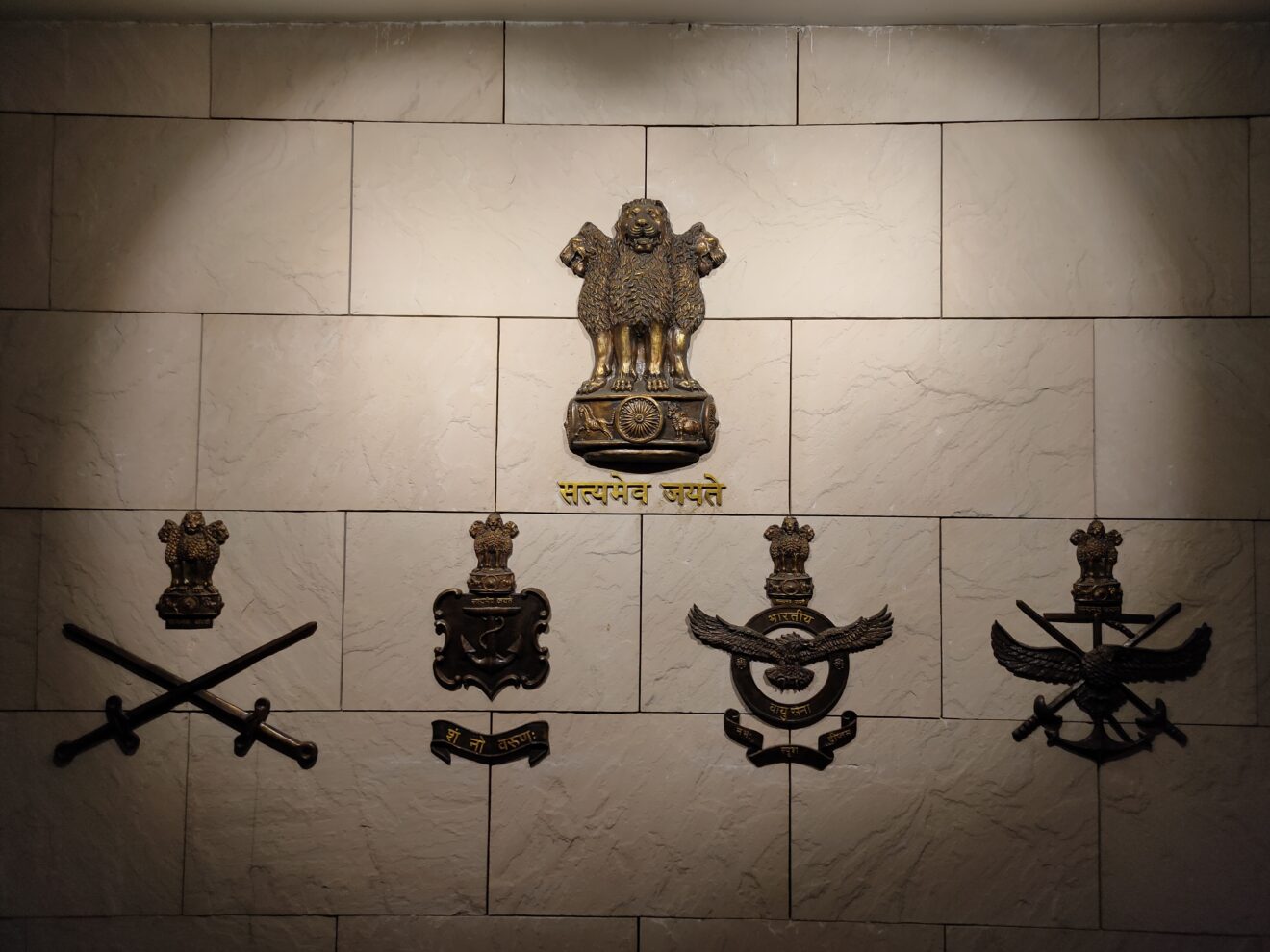



Add Comment